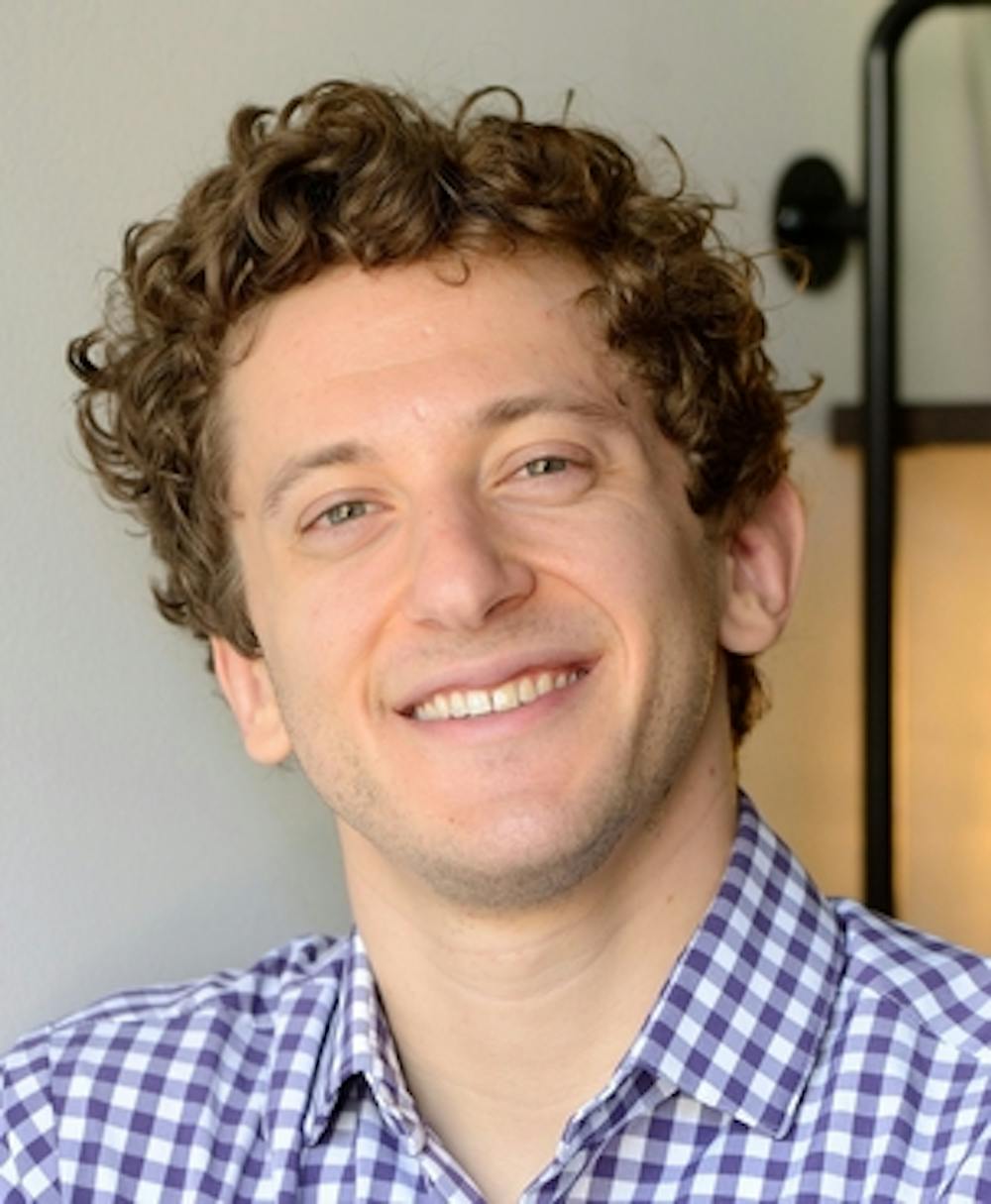There is an old saying in Korea: If your body is worth a thousand, your eyes are worth nine hundred.
As this phrase implies, visual perception is a very important part of our daily lives, even more than we may know. Vision dominates how we perceive the world, taking up more parts of our brain than any other human function. Chaz Firestone, an assistant professor in the Department of Psychological and Brain Sciences at Hopkins, studies vision in the Perception and Mind Lab.
Hailing from Canada, Firestone is interested in how the human visual system works. He explained that he looks at how similar and different the human visual system is from machines that can see and also how rich and sophisticated our visual experience of the world is.
“One thing we [at the Perception and Mind Lab] are studying is your ability to perceive not only how something looks right now, but also what it could look like one day,” Firestone said. “For example, when you look at a collection of puzzle pieces or Tetris blocks that could come together to create a complete shape, your mind might represent that complete shape automatically.”
To illustrate this, the lab designed a study led by graduate student Chenxiao Guan that used Tetris blocks (they also decorated the lab with very cool Tetris blocks). The participants are shown a series of Tetris block images on a computer screen, where some images are of a completed Tetris block square and others are of incomplete squares that have some Tetris blocks separated.
What is important to note is that there are two kinds of incomplete Tetris blocks: One would be able to form a complete square once the block pieces are fitted together, while the other would be impossible to form a square. After the participants are shown both kinds of images — complete and incomplete squares — they are then asked to click the spacebar every time they see a complete square on the computer screen.
“What we found is that sometimes people make mistakes. Sometimes they press the spacebar as if they saw a complete square when there isn’t one. What we observed is that they do that more often for the things that could make a square then the things that can’t,” Firestone said.
“We think this is telling us that people are perceiving what is possible and are confusing it for what is actually there right now. So when you see something that could look like something else one day, you can’t help but notice that.”
Outside of researching fascinating topics with his lab, Firestone enjoys introducing mind-stimulating subjects (and music) to his students.
Many freshmen enter college after hearing horror stories of large lectures. They are told to be especially wary of the “101 classes.” However, despite the large enrollment of 465 students, Firestone’s Introduction to Psychology lectures are nothing like those stories.
If you follow the crowd of students rushing into Hodson 110, you may wonder, “Is that loud music that I hear?” Yes, yes it is.
But there is no need to be puzzled, because it is indeed the right classroom for Intro Psych — not a band concert. The music is somewhat of a prelude to the class: Try Shazaming the song, and you will have a hint about the day’s lecture in your hands.
Tasteful music is only part of the charm. Despite the large class size, Firestone engages all of the students with questions and activities.
“A cool thing about college is being exposed to fields you didn’t know much about. Like psychology,” Firestone said. “And as a teacher, I enjoy teaching this class because I get to introduce students to the field and make them think about what they may have never thought of before.”
If you thought that the iClickers were merely for attendance and grades, think again: Firestone emphasized how much he took note of the high attendance and appreciated his students’ enthusiasm to take advantage of the opportunities they have.
“Something I like about Hopkins is that people are committed to being here. My colleagues, for example, are dedicated scientists and teachers. The students are also very invested in the classes,” Firestone said. “In a class of 465 students, I expected maybe 300 to attend each class, but usually our attendance is around 440. Students don’t waste their time here. When you are around such dedicated people, it can be very inspiring.”





